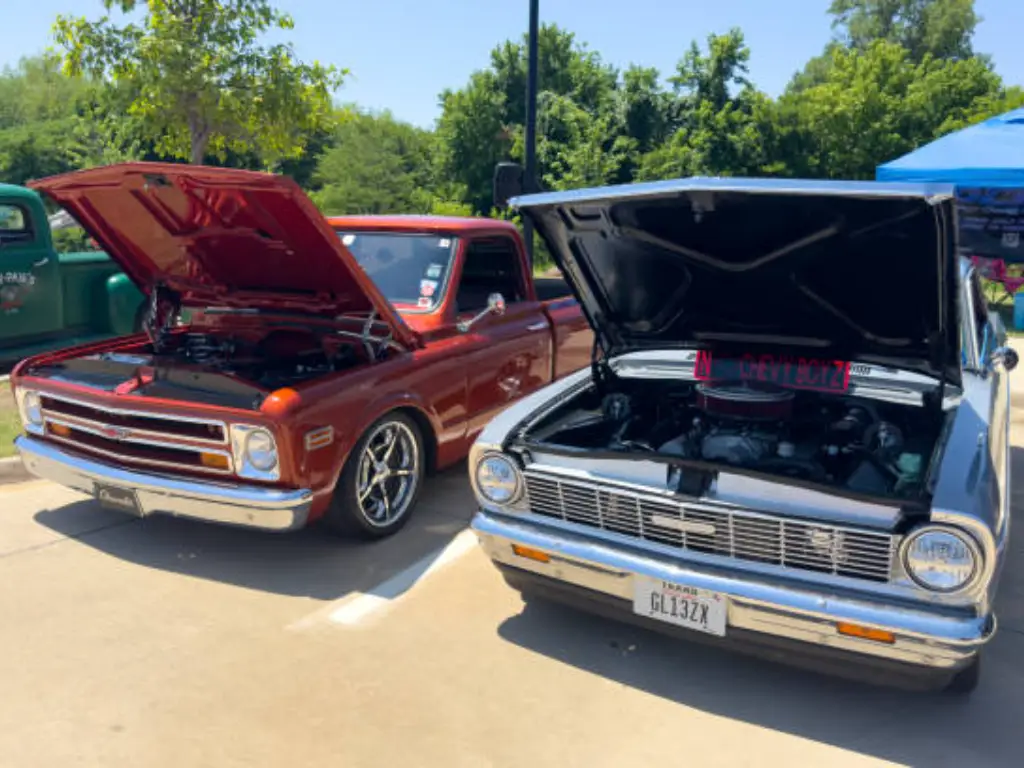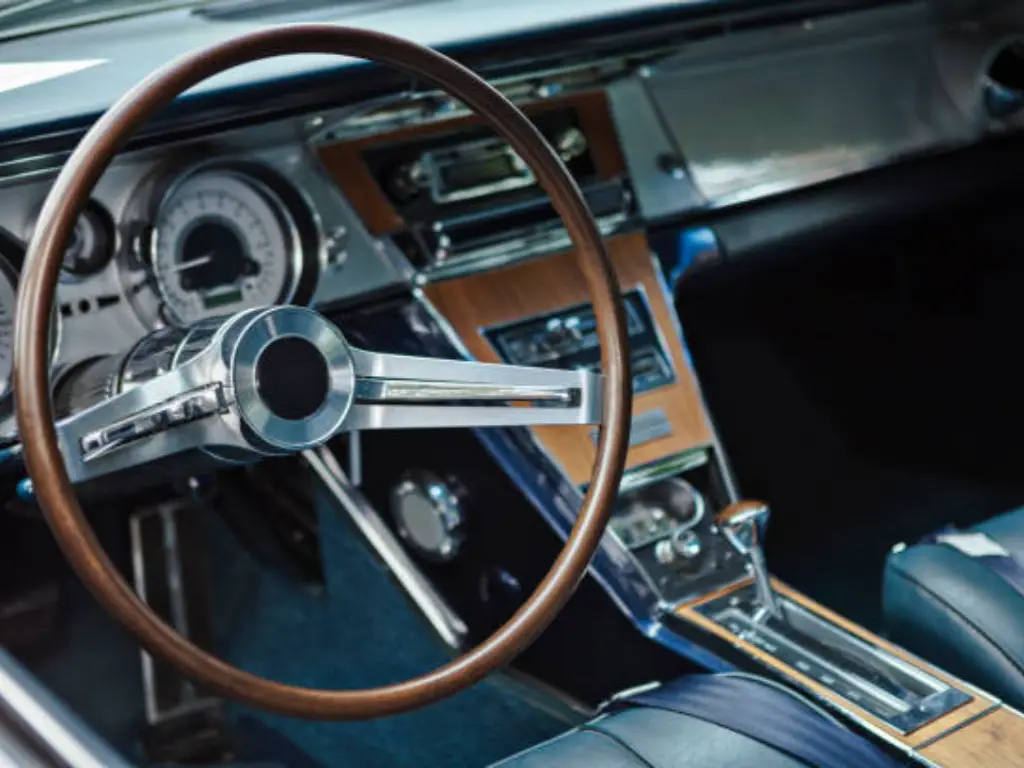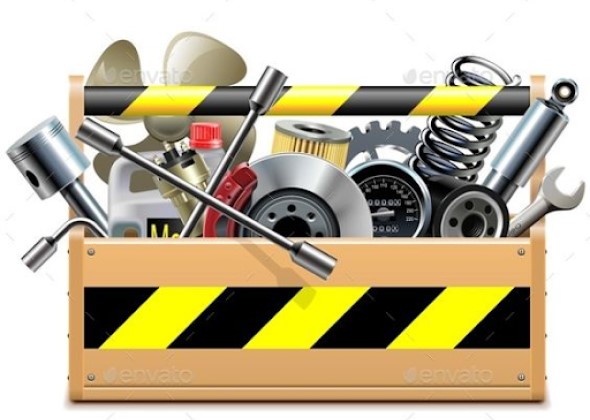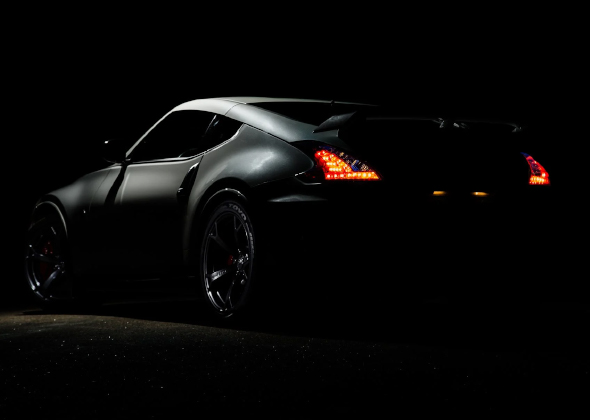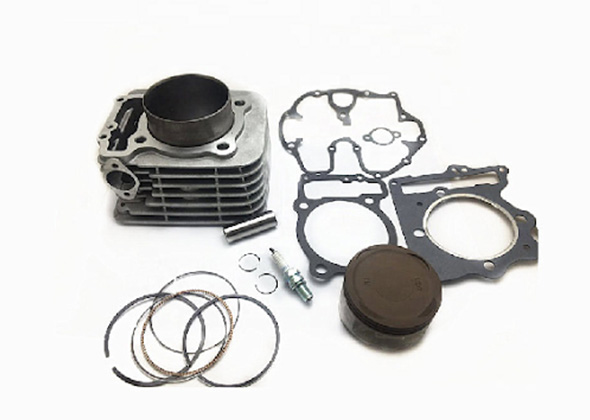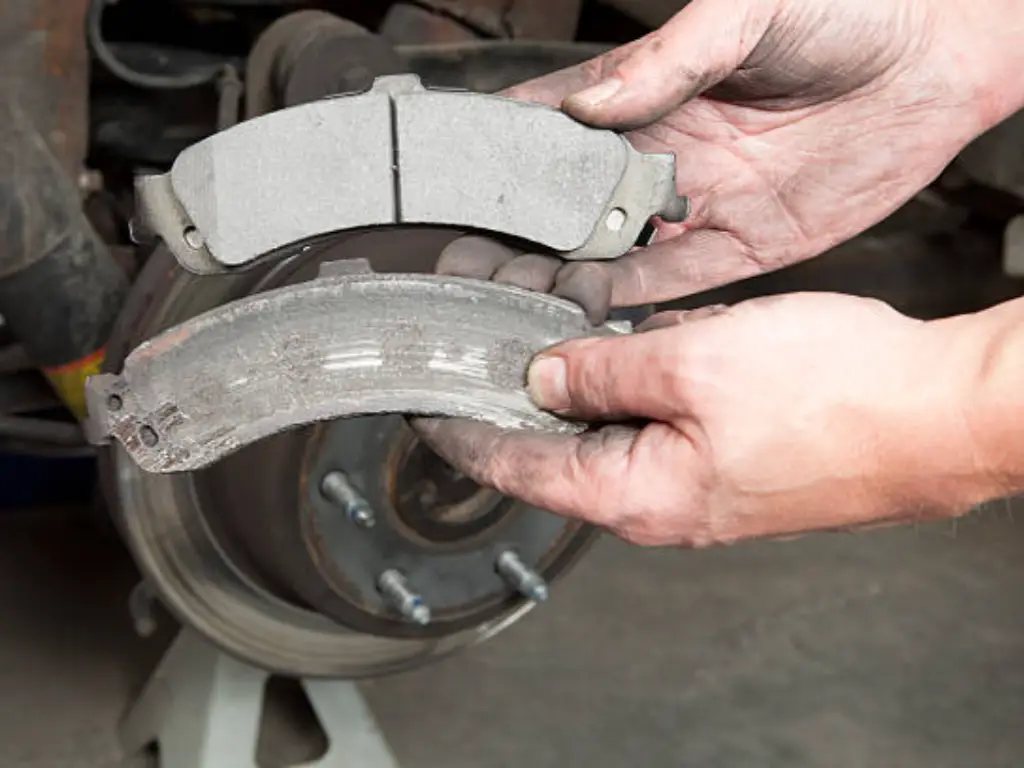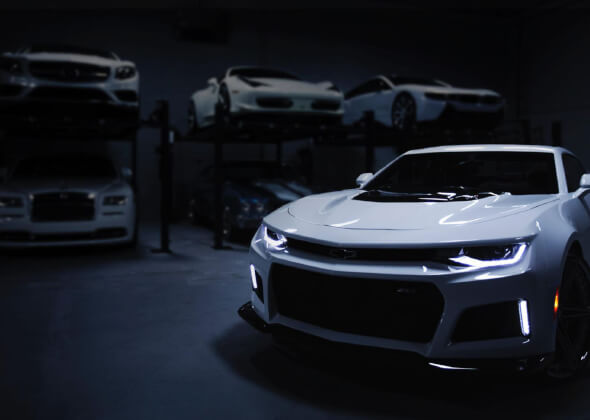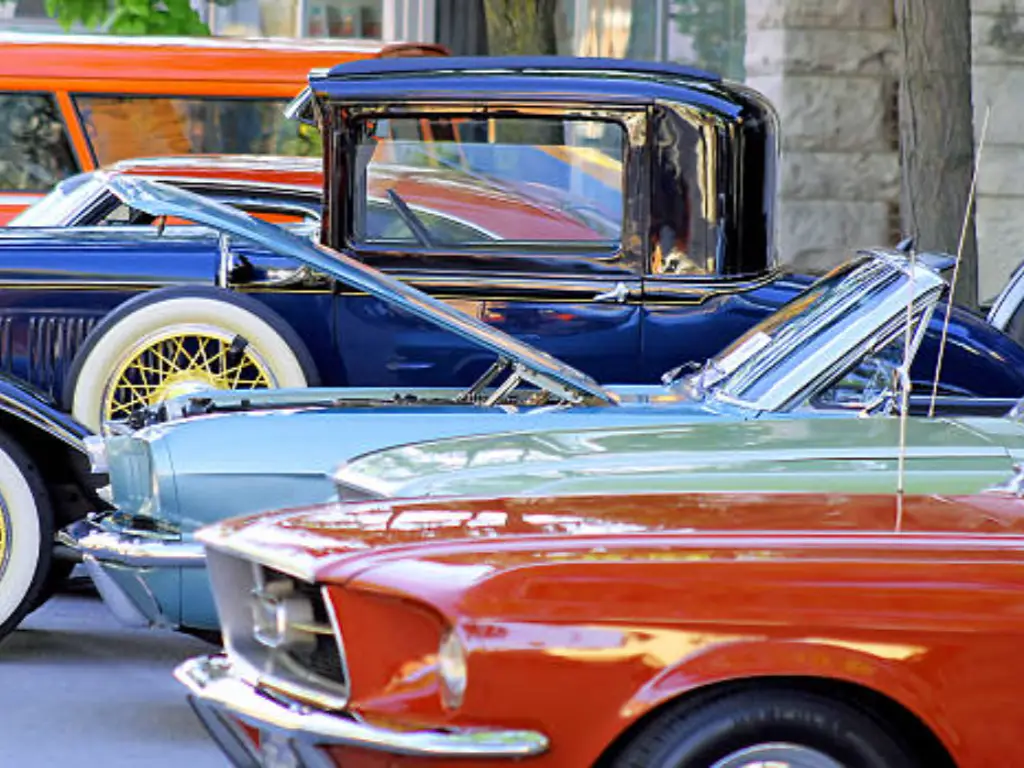
You see a car that makes heads turn, not because it is new, but because it has personality and a story behind it. You mention and ask, Is that a classic? In the case of such cars, the attraction can be much more than just transportation.
The solution does not lie in a date on a title. The status of a car becoming a classic is an enigmatic mixture of age, the official approval of clubs and insurers, and the non-material passion of the fan community. This guide shall enlighten the reader on what actually makes a car more than old, but a classic of all time. We will dissect the rules, research the attributes that count, outline the key differences that make them stand out, and most importantly, demonstrate to you how to keep these amazing machines on the road in the future.
What Really Defines a Classic Car?
A classic car is essentially a car that has become wanton and collectible in addition to its intended purpose. Although a 1995 Toyota Camry was an excellent appliance in its time, it has not (yet) grabbed the hearts of collectors as a 1995 BMW M3. The distinction is that a blend of elements takes a vehicle to a different status, at times linked to the value of the car in the minds of collectors and enthusiasts.
consider it a four-legged stool:
- Age: The car needs to be old enough, but it does not necessarily have to be ancient.
- Recognition: The major institutions – such as insurance companies, government agencies, car clubs, etc. – should formally acknowledge their status in one form or another.
- Attributes: It has some intangible attributes such as historical interest, rarity, or iconic design.
- Condition: It is preserved in or reinstated to a condition that respects its original condition.
Take away any of these legs, and the definition is upset. A rusty car of the correct age may not pass, whereas a clean but usual car may be nothing more than a well-maintained used car. Conversely, it is specifically the combination of all these standards that makes many classic car models iconic.
Age Is Just a Number: The Foundational Role of Time
The most frequently and simplest measure of defining a classic is its age. It is the entrance where each automobile, including collector vehicles, has to go to even be put into consideration. Although the specific number of years may be a topic of ardent discussion among the hobbyists, there are several important standards that have gained broad acceptance, even under the discussion of such categories as vintage cars or other models that may be considered collectible.
The 25-Year Rule: A Widely Accepted Starting Point
There is one figure to remember, but 25. A 25-year-old age is the most popular age at which a car can be regarded as a classic. Antique Automobile Club of America (AACA) is among the largest clubs of this kind and has accepted any car that is 25 years or older as eligible in its events. It is also the standard by which license plates on a special classification as either Classic or Historic are issued by many state Departments of Motor Vehicles (DMVs), whether you are registering an old car that has managed to withstand the decades or a new model that has only recently crossed the line.
The best thing about this is that this is a rolling 25-year rule, so there are always new icons banging on the door. The late 1990s cars, such as the Acura Integra Type R, Porsche Boxster (986), and the Dodge Viper GTS, officially enter the world of classics, and a new generation of enthusiasts is drawn to the fray. This progressive transition means that it is not only old cars that are getting the celebration- modern classics are also entering the scene.
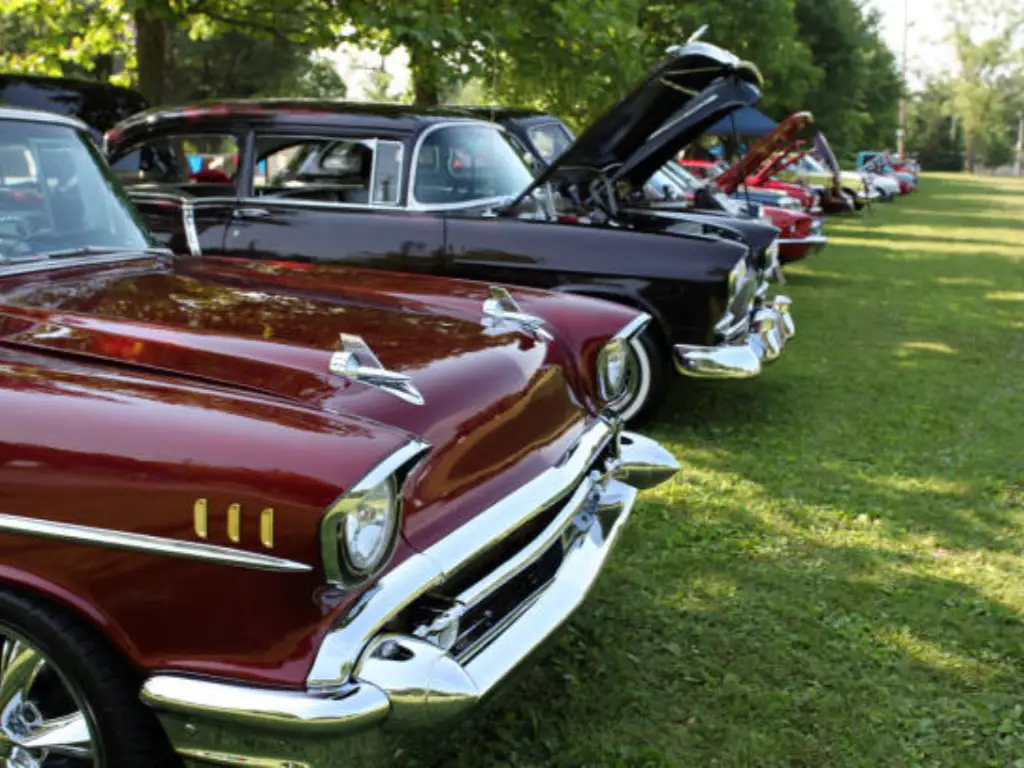
Classic vs. Antique vs. Vintage: Clearing Up the Confusion
Further into the details, you might hear other words used that are frequently used interchangeably and are not used properly. Classic, Antique, and Vintage have different meanings in the world of collections. Although the definitions may change a little, they are usually in some chronological sequence. The first rule in becoming a connoisseur of the hobby is to understand the distinction that exists between antique vehicles and their younger counterparts.
To simplify it, the most common classifications are listed below:
| Category | Typical Age Range | Key Characteristics |
| Vintage | 1919 – 1930 | Represents the early era of automotive innovation following WWI. Think Ford Model A, brass-era aesthetics, and the dawn of mass production. |
| Antique | 45+ years old | A formal designation often used by DMVs and clubs like the AACA. This category is broad and includes a huge variety of well-preserved vehicles from the mid-1970s and earlier. |
| Classic | 20 – 40 years old | This is the most common and flexible category. It includes everything from 1980s hot hatches to 1990s Japanese sports cars and American muscle cars from the hobby’s golden age. |
A special and narrower definition applies in the Classic Car Club of America (CCCA), which we will examine next. As a guide, the table above is, however, a useful one for most general purposes.
Who Decides? The Key Definitions You Need to Know
In addition to the general age requirements, the official definition of what a classic car is is usually tied to the person you are asking and the reason you need to know. The solution has practical implications, as it will touch your insurance policies to the license plate of your bumper.
For Your Policy: How Insurance Companies See Your Car
A typical auto policy is totally different from classic car insurance. Rather than insuring a car at its depreciated cash value, companies such as Hagerty, Grundy, and American Collectors Insurance offer an Agreed Value policy. This implies that you and the insurer both agree on the amount of the car at its value when it is being insured, and this is the sum that the car is insured up to.
To be eligible, these companies possess their own requirements, which in most instances involve:
- Limited Usage: It is not your daily driver. It is applied in pleasure drives and auto shows.
- Secure Storage: You should store the car in a locked, secure garage.
- Good Condition: The car has to be in good condition and collectible.
- Age: Most of them begin at age 25 years, but a few insurers will cover future classics as young as 15-20 years old, provided they are rare or desirable enough.
They are defined in a pragmatic way in terms of risk and the vehicle being a treasured possession instead of a means of transport.
For the Purists: The Strict Standards of the Classic Car Club of America (CCCA)
And the next time you wish to get a debate going at a car show, bring up the definition of the CCCA. A very prestigious and exclusive definition is that of the Classic Car Club of America. A Full Classic to them is some sort of a fine or some sort of a distinctive car, the car that is an American or foreign-built automobile that was built between 1915 and 1948.
They concentrate on the top of pre-war engineering and luxury. Imagine elite, coach-built cars of such marques as Packard, Duesenberg, Cord, and some of the upper-end models of Cadillac and Lincoln. A 1948 Ford sedan, how nice a car might be, would not qualify as a Full Classic at the CCCA. Their criterion is an exclusive and historical measure, the highest of the best of a particular period.
For the Road: What Your Local DMV Requires for Classic Plates
Herein, the definition holds legal force. Many states provide special registration and license plates on older vehicles, commonly known as Classic, Historic Vehicles, or Antique. Such plates may be associated with such advantages as registration fee reduction, lower taxes, and exemptions from contemporary emission testing.
But across the states, the rules differ drastically:
- In Pennsylvania, a car must be at least 15 years old for a “Classic” plate and 25 for an “Antique” plate.
- In Texas, the vehicle must be at least 25 years old and is primarily for exhibitions and club events.
- In California, vehicles must be from 1975 or earlier to be exempt from the state’s rigorous smog check program, a major incentive for collectors.
The lesson is straightforward: You have to always consult the site of your local DMV. What you are and are not allowed to do with your car on public roads will depend on the legal definition of your state.
More Than a Milestone: The Intangible Qualities of a True Classic
It is possible that even a car that complies with all the age and legal criteria does not make one feel like an actual classic. Reason being the reason is that the most iconic cars have some intangible traits that make them neither old nor iconic.
- Historical Significance: Did the car usher in a game-changing technology, such as the front-wheel-drive technology of the Cord 810 or the mass-produced V8 of the 1932 Ford? Did it reign supreme in motor sports, as the Porsche 911?
- Iconic Design: There are cars that are just beautiful pieces of art. Described by Enzo Ferrari as the most beautiful car ever to have been built, the Jaguar E-Type, and the lines of a 1963 Corvette Sting Ray are recognisable at a glance.
- Cultural Impact: Does the car define an era?? The Volkswagen Beetle was a representative of the counter-culture of the 1960s, and the DeLorean DMC-12 is always associated with the Back to the Future movie series.
- Rarity and Desirability: Scarce and collectible. A car with low production (such as the Tucker 48) or high rates of attrition (most of the 1980s Japanese sports cars) is a hard-to-find car, which is why it is typically in high demand.
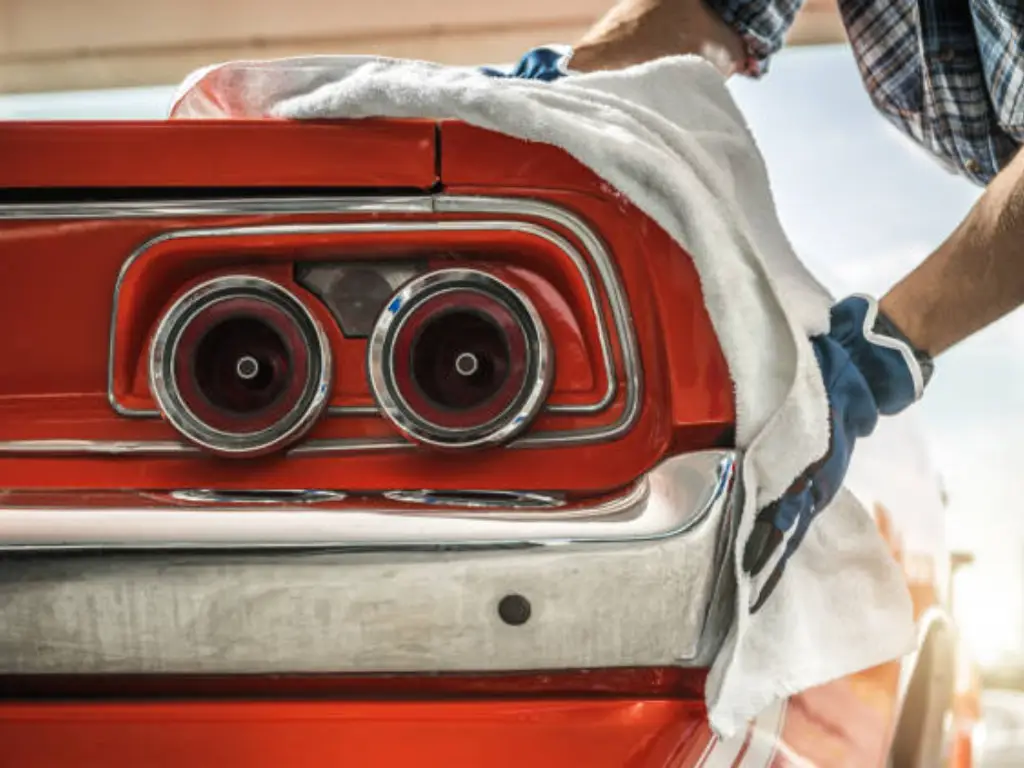
“Keeping It That Way”: The Art of Preservation and Restoration
It is only the start of becoming classic. The actual quest is in conversation. A vintage car is a moving history, and its state is what is most important in its value, functionality, and spirit. All the choices an owner makes, including regular maintenance and a complete restoration, have an effect on that legacy.
The biggest difficulty in this undertaking is the ability to source the appropriate parts. In a car that might be 30, 50, or even 80 years old, locating parts that are both genuine and usable can be like a treasure hunt. Here, this is where the difference between a lovely classic and an exasperating garage ornament is usually drawn. An incorrectly fitted part not only looks wrong, but it may affect safety, performance, and the car itself.
Why Quality Parts Are Non-Negotiable
Parts are everything in the realm of owning a classic car. A bumper that has a bad chroming can ruin a high-quality concours-level restoration. The malfunctioning reproduction fuel pump can make a weekend journey short. The wholeness of the entire vehicle is based on the quality of the separate components. It is not negotiable to use high-quality and period-correct parts due to three reasons:
- Value: The value of a car directly correlates with the authenticity and the condition of the car. The correct parts are used to make sure that the vehicle is retained or even appreciated.
- Functionality: Quality components are developed to fit and work like the original parts, making them reliable and providing an appropriate driving experience.
- Safety: There are no areas to be compromised, such as brakes, suspension, and steering. The maintenance of these historic cars on the road is critical; this requires high-quality components.
Sunway Autoparts: Your Partner in Preserving Automotive Legacy
This search for the appropriate components is the biggest challenge for the majority of owners. It is a big challenge in the case of cars manufactured in the mid-1920s to the late 1990s, when original production is already long since discontinued. Since its inception in 2007 as experts in classic auto parts, Sunway Autoparts has been established to address this problem.
We know that to maintain a classic is to pay attention to each and every detail. That is why we have made our business based on two points, and it is access and precision. With a huge supply chain of about 200 suppliers, we can get either hundreds of standard parts to your project in the marques like Porsche, BMW, and Ford, or we can make that unique, unavailable part that your project so badly requires.
We are dedicated to precision manufacturing and professional chrome plating that guarantees our parts fit the first time. This is not all about convenience; this is also about saving you precious labor hours and reducing the turnaround time of your project. To restoration shops, wholesalers, and distributors, we are an upstream manufacturer you can trust to deliver quality and reliable inventory. Choosing to partner with us is an assurance of a source of high-quality and controllable source for your business. We will provide superior products within the shortest amount of time at the minimal cost so that you can celebrate automotive history without failure.
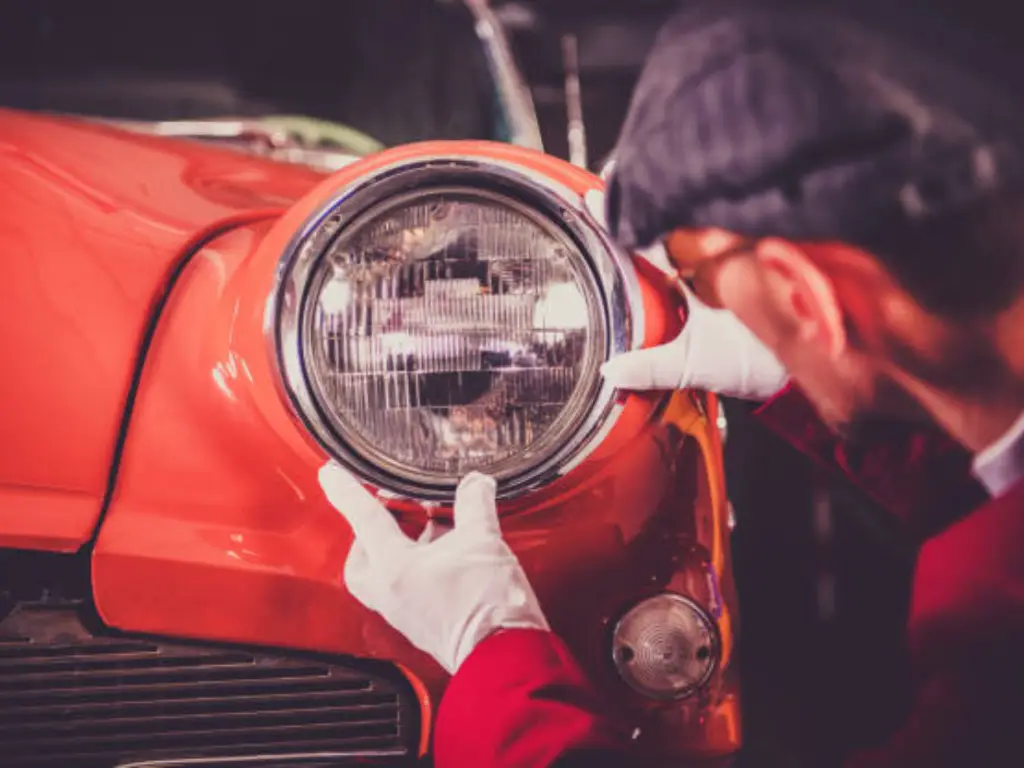
Is My Car a Classic? A Practical Checklist for Owners
Feeling inspired? Use this checklist to evaluate if your car—or a car you’re thinking of buying—has what it takes to be considered a classic.
| Criteria | Description | Does My Car Qualify? (Yes/No/Partially) |
| Age | Is the vehicle generally over 25 years old? | |
| Official Recognition | Does it qualify for classic insurance or special state license plates? | |
| Originality/Condition | Is the vehicle in well-preserved original condition or has it been restored with high-quality, correct parts? | |
| Rarity | Were there low production numbers, or are there few survivors left on the road today? | |
| Desirability | Is the model actively sought after by clubs, collectors, and enthusiasts? | |
| Historical Impact | Did the car have a significant impact on technology, design, or culture? |
If you answered “Yes” or “Partially” to most of these questions, congratulations—you likely have a classic on your hands!
Conclusion
Finally, the classic car definition is a combination of objective regulations and passion. A title it gets when a car rises beyond a means of transportation and becomes a symbol of culture.
It is just a start to reach that status. Ownership is about preservation–the willingness to keep the car in its original condition, intact and driving as it was originally. It is about respecting the past enclosed in its frame and making its legacy live. You can be just embarking on your ride, or you can be immersed in a restoration; you can take the craftsmanship in, preserve the history, and above all, have fun with the drive.

